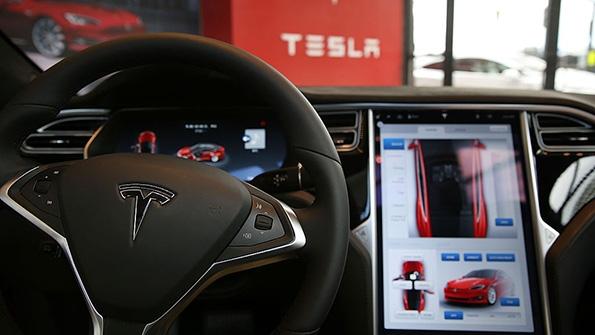Tesla Motors wants to bring that idea out of fantasy and onto America’s roadways. The company has been the focus of a great deal of attention since the 2008 debut of the Roadster, the first electric sports car. Since then it has produced several other models including a sedan and a crossover SUV. It is clear that Tesla is enjoying its position as a market innovator, but it is also beginning to appear it may be suffering from a terminal case of hubris.
It isn’t that Tesla hasn’t done some amazing things, it is just that in overstating them, they may be causing more problems than they are solving, thereby obscuring the possibility to appreciate their actual advances. Over the last year they have been claiming that ‘self driving cars are here;’ unfortunately, the accidents, some fatal, have proved that this is not the case. Despite setbacks, this past week they announced that their newest hardware suite is ‘full self-driving’ while sources in the know indicate that this is clearly not the case.
The ability of a car to drive by itself requires an enormously complex set of systems able to read and react to the 3D environment while navigating. The newest version of the Tesla autopilot system includes 8 cameras that provide a 360 degree view around the car as well as 12 ultrasonic sensors and a forward-facing radar, which is indeed an improvement on its previous version. However, rather than discussing this as a step toward full autonomy, Tesla has chosen to announce as if the self-driving vehicle is already here and to go on the offensive against anyone questioning the reality of these claims.
The founder of Tesla, Elon Musk, continues to hype the system as one that will relieve its human driver of responsibility for its direction. As the death of Joshua Brown in Ohio demonstrated all too clearly, this is a claim that simply isn’t true. And worse than being false advertising, it is actively dangerous. As Edward Niedermeyer notes in his article for Industry Week, written following Musk’s attack on the press for their criticism of the self-driving claims:
“By pointing out this gap between perception and reality, the media reaction to Brown’s death may have saved lives that Tesla’s overhyping of its autopilot’s capabilities had endangered. Unfortunately, by casting healthy skepticism as potentially lethal Luddism, Musk is extending his pattern of making bad-faith arguments about autopilot’s safety.”
A member of the media test drives a Tesla Motors Inc. Model S car equipped with Autopilot in Palo Alto, California on Wednesday, Oct. 14, 2015. [Image: David Paul Morris/Bloomberg via Getty Images]
